Raising a child comes with numerous milestones to look forward to. One of the most anticipated milestones for parents is the potty training stage. Some parents can’t wait for this stage to come around. When their child meets it, it means they are finally out of diapers, it cuts back on household costs, and there’s (eventually) less mess to clean up. On the other hand, many parents dread this milestone because it means their baby is growing up. Regardless of where you fall on the line of excitement for this stage, it is always a good idea to learn signs that your child is ready for potty training.
Toddlers are typically ready to begin potty training between the ages of 18 to 30 months. However, each child is different, with some being ready before this average and others not being ready until after 30 months. Regardless of where your toddler falls, it’s also essential that you, as a parent, are ready as well. When a child is physically and emotionally ready to begin the process of potty training, you, as the parent, will have a simpler time. Trying to potty train before they show signs of readiness will frustrate you and your toddler, not to mention all the wasted time that could be spent doing something else.
Moms Who Think consulted multiple websites, including Healthline, Pampers, and WebMD, to compile a list of signs that a child is ready for potty training. Additionally, experience and advice from parents who have been there helped in creating this list. If you are curious whether or not your child is ready to enter the potty training stage, look at the list to see if they are exhibiting any of these signs.
1. Frequent Dry Diapers
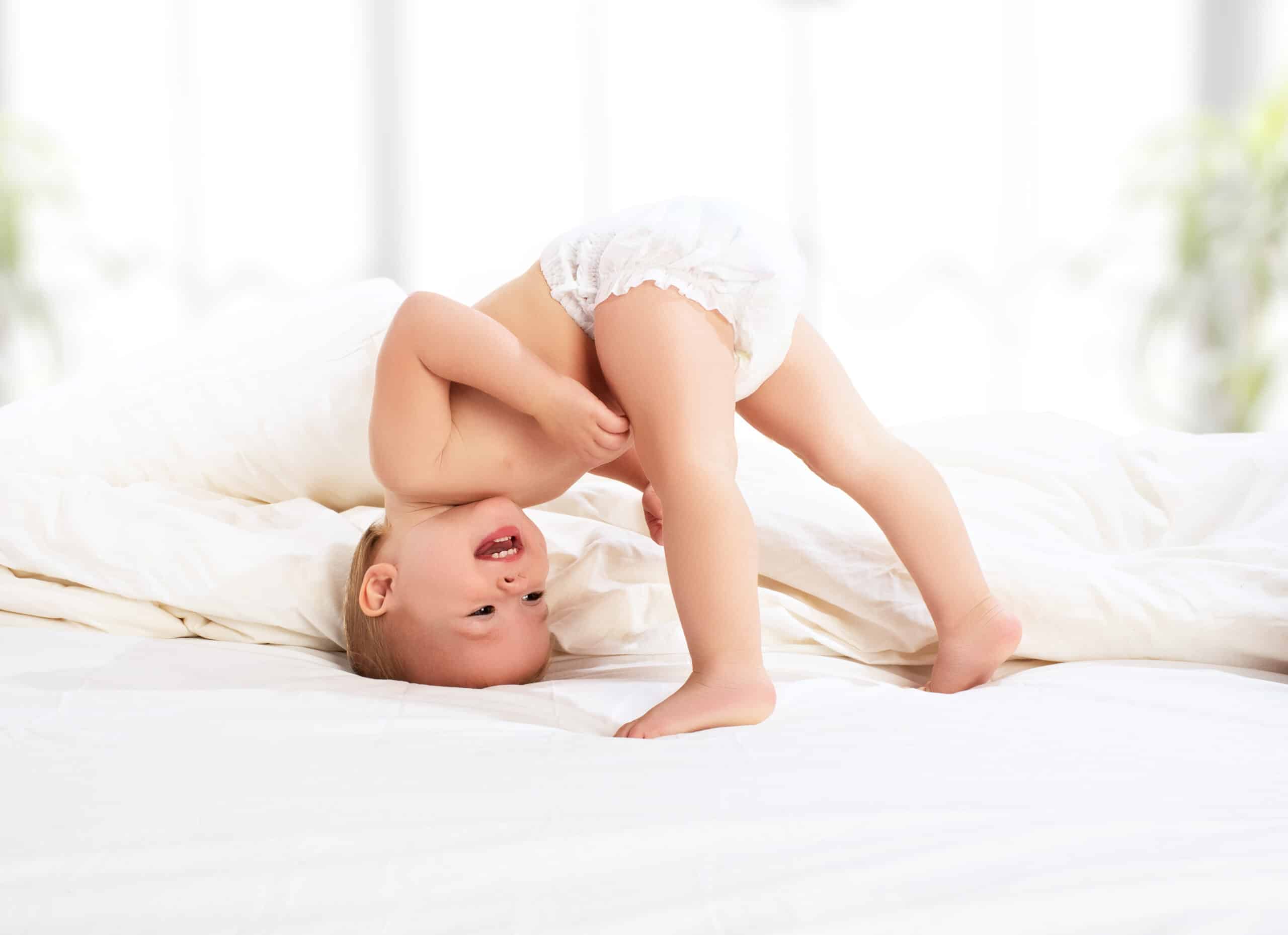
©Evgeny Atamanenko/Shutterstock.com
One of the telling signs that your child is ready to potty train is if they stay dry more often than not. To succeed during potty training, your toddler needs to have a mature bladder. This means their bladder must be fully developed enough to hold their pee.
One way to tell that your child’s bladder is capable of this step is if their diapers stay dryer for longer. Before entering potty training, be sure that your toddler is going at least one or two hours during the day with a dry diaper. Additionally, if they wake up from nap or bedtime with a dry diaper, this is also a good sign.
2. They Begin Telling You When They Need to go Potty

©Ivanova Ksenia/Shutterstock.com
Your child should be able to communicate their needs before potty training. If they begin to tell you that they have to pee or are peeing in their diaper, chances are they are ready for the next stage.
If your toddler tells you when they need to go before they do, that’s a sure sign. Being able to communicate that they need to pee or poo and voicing that to their caregiver is a big step.
This crucial step will enable your toddler to succeed quickly during their potty training days.
3. The Child May Hide When Going to the Bathroom

©fizkes/Shutterstock.com
Another sign to look for is hiding when they go to the bathroom. Some children may go to a hiding spot right before they need to poop. This sign is a positive one because it tells you that they are understanding what the urge to poop feels like.
Before being potty trained, children need to comprehend what the signal their body is giving them (the urge to pee or poop) feels like and means.
4. They Begin to Fidget
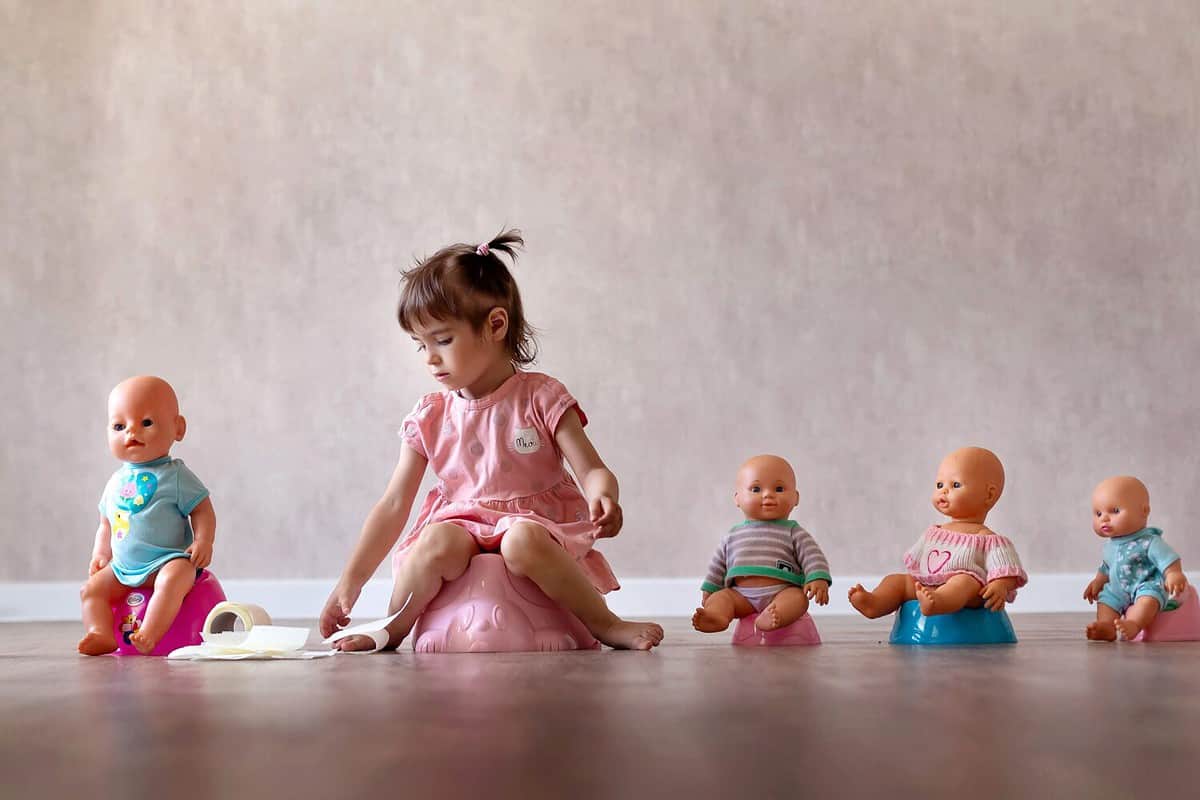
©Mari.Toch/Shutterstock.com
Another sign that your child is figuring out what the feeling of having to go to the bathroom feels like is fidgeting. Some toddlers may grab themselves when they recognize the feeling. Others may hop back and forth on their feet or fidget. Fidgeting is another sure sign that potty training may be in your near future.
5. The child can Follow Simple Directions
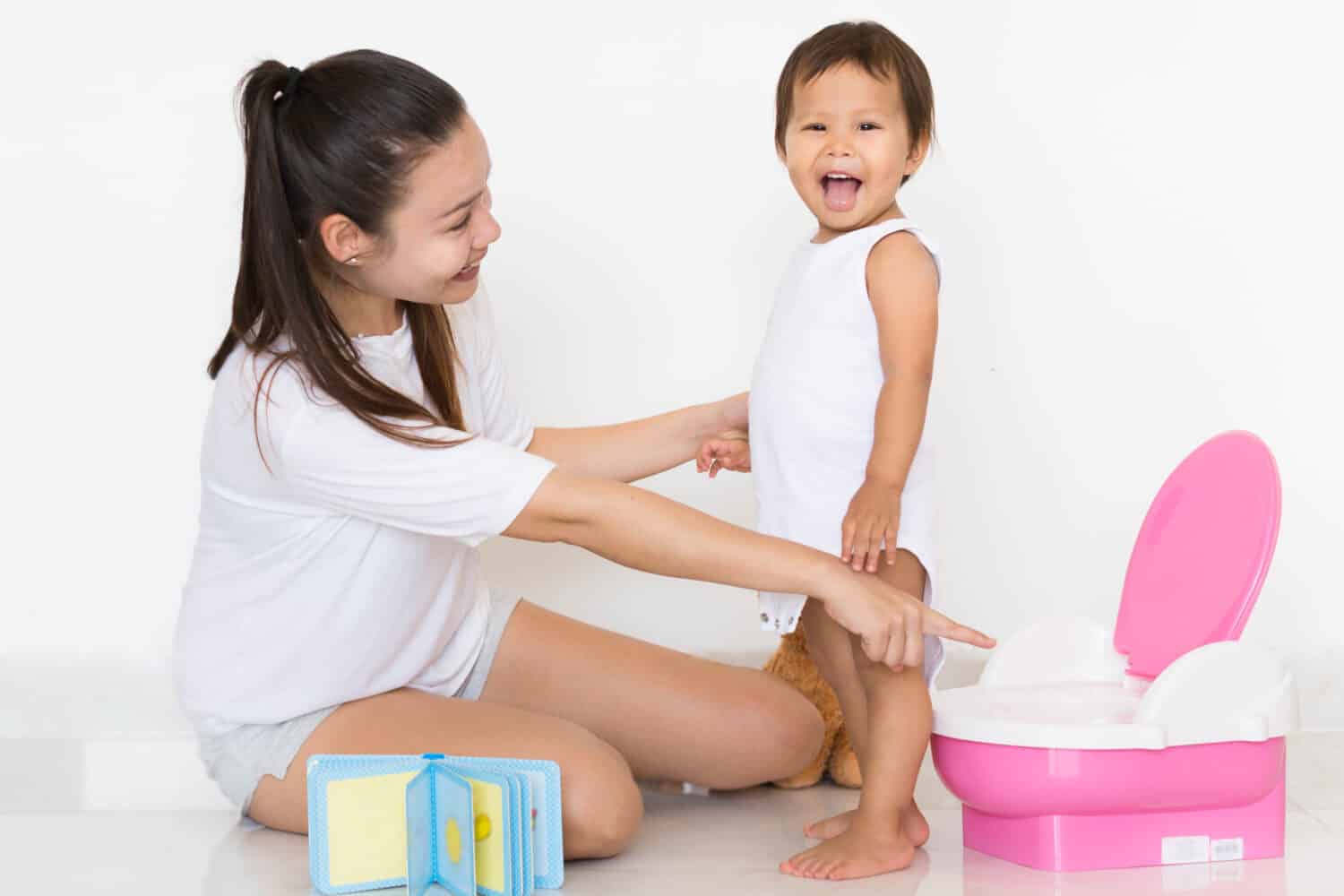
©christinarosepix/Shutterstock.com
Potty training will be frustrating if a child is unable to communicate and listen to instructions. Instead, wait until they are capable of following simple directions, such as “Sit on the potty,” “Now let’s wipe,” or “Here’s how we wash our hands.”
You are on the right track when your toddler shows signs of following directions.
6. They Show Interest in the Toilet
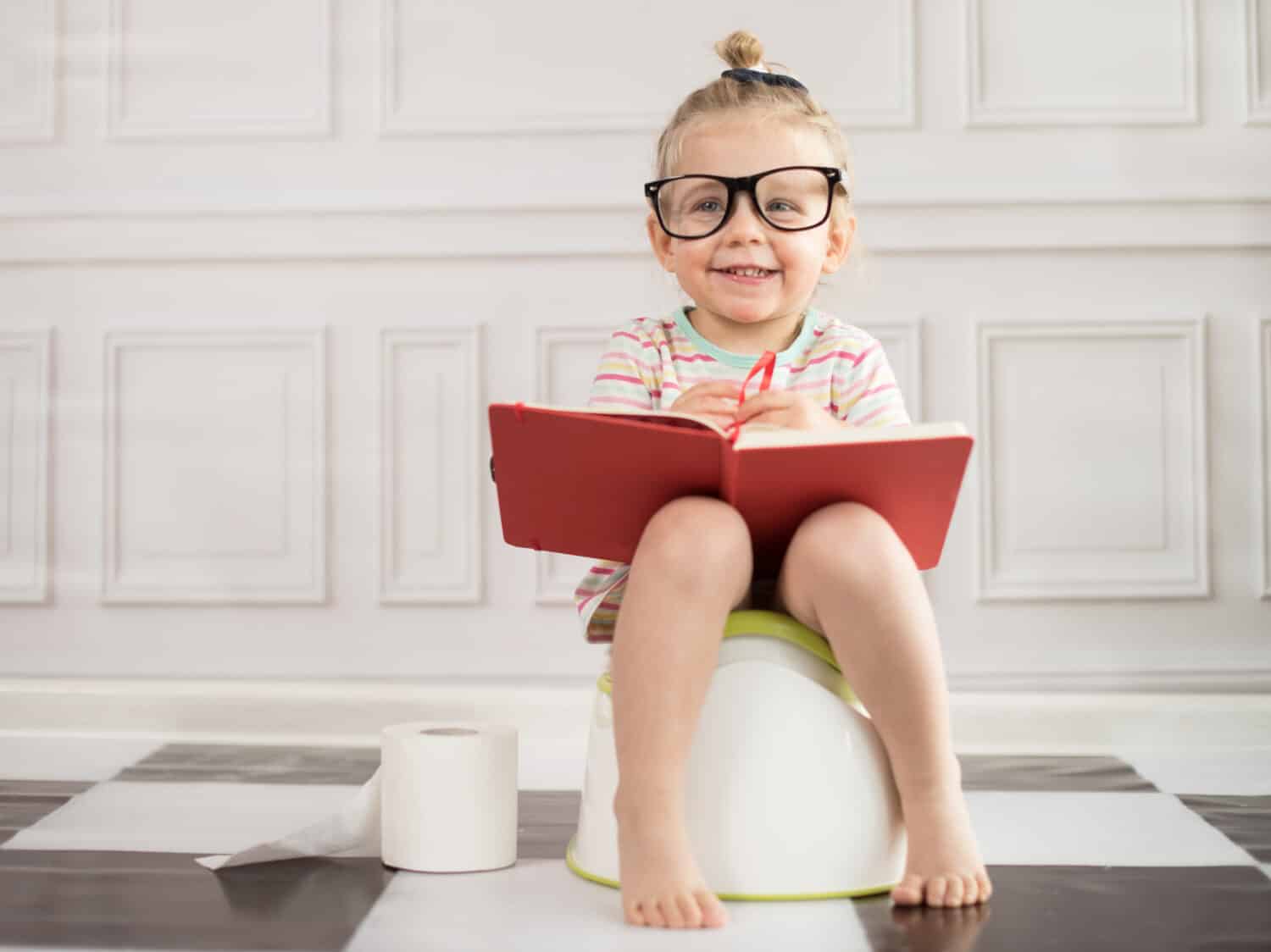
©Bartosz Budrewicz/Shutterstock.com
Some toddlers are very curious early on. They want to be like the adults and older children in their lives. When your toddler is curious, they may start to show interest in the toilet and bathroom quickly. This can be a jumping point into introducing potty training.
You do not always have to start right away. Let them sit on the toilet, possibly using an adapter, and “mimic” how you use the bathroom. Additionally, you can set out their potty chair, buy potty training books, and let them explore their piqued interest.
7. Child Doesn’t Like Being Wet/Dirty and Will Ask to be Changed

©ViewStock/Shutterstock.com
Toddlers who are ready to begin potty training may start to complain about being wet. They notice the uncomfortable feeling of wearing a diaper and prefer to be diaper-free. Some toddlers will tell their caregiver right away when they soil their diapers, even if it’s just a little bit. Others may take their diapers off themselves.
If your toddler is beginning to take their diapers off when wet or dirty or tells you right away, it is an excellent opportunity to start introducing the potty chair.
8. They Can Walk to and Get onto the Toilet
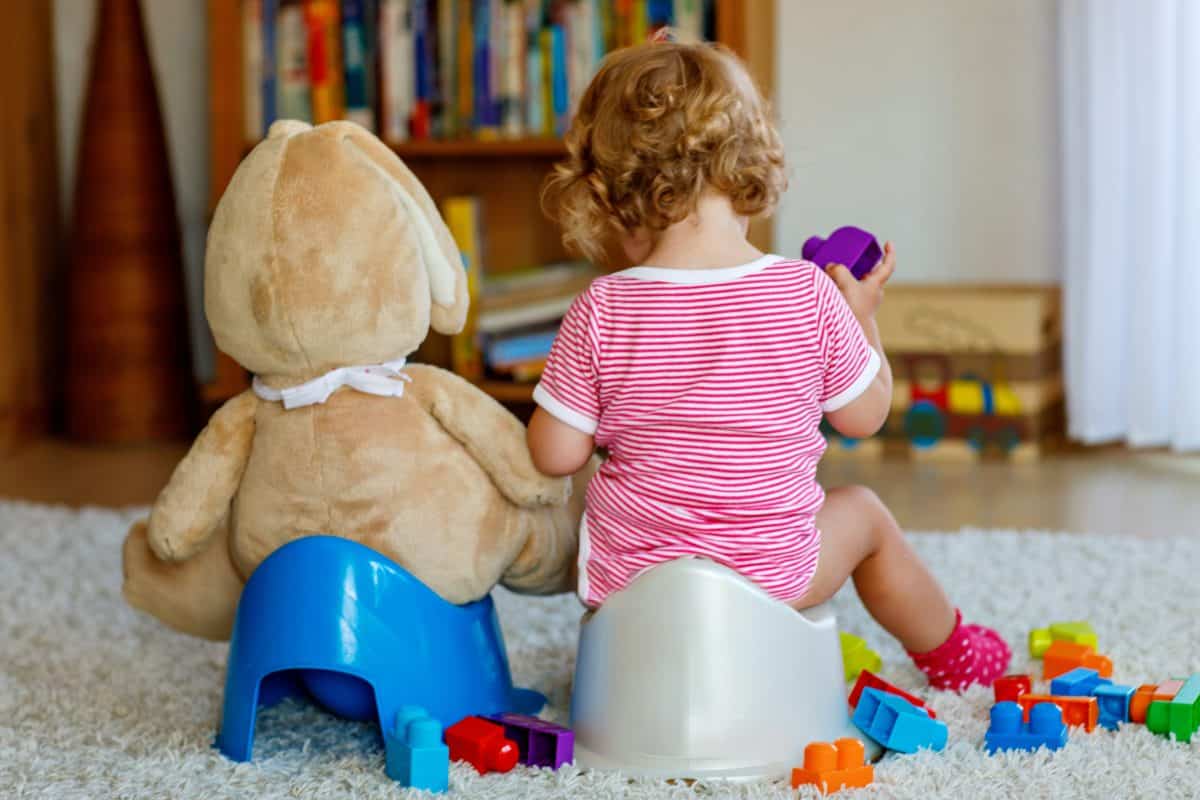
©Irina Wilhauk/Shutterstock.com
Not only does your toddler need to be emotionally ready for potty training, but physical readiness is also important. Has your toddler developed gross motor skills? Can they walk to the toilet and sit on it alone? These are skills your child will need to have success.
Not having the proper gross motor skills to be successful may pose risks of tumbling off the toilet or accidentally hurting themselves.
How to Tell When Your Toddler is Not Ready

©Jihan Nafiaa Zahri/Shutterstock.com
When you begin to potty train your toddler, there are a few signs you can also keep an eye out for to show that they are indeed not ready for this step. Since potty training is such a milestone, many caregivers make the mistake of starting their child too early. Starting too early can be frustrating and lead to a lack of success. Therefore, staying in tune with your child and assessing whether they are not showing signs of readiness is important. A few behaviors that show your toddler is not ready include:
- They are not physically able to hold their pee or poo for over an hour.
- Your child shows no awareness of being wet or dirty.
- The toddler is scared of the toilet.
- They are showing resistance to the whole process.
While these are not the only signs that show a toddler is not ready, they are all good indicators that you should take a step back and wait a few more months to try again.
Successfully Potty Training a Girl

©Pixel-Shot/Shutterstock.com
When it comes to potty training girls, the process is similar to that for boys. However, there are a few strategies that can help set you up for success. On average, toddler girls are ready a little sooner than boys for potty training. (Though this isn’t a set-in-stone rule.)
Be sure to wait until your toddler girl is ready to begin the process with the tips mentioned earlier.
1. Get the Right Gear

©Ivanova Ksenia/Shutterstock.com
Before you begin potty training your toddler girl, be sure to get the right gear. Some parents opt to allow their daughter to help pick out their new potty chair. Others like the ease and cleanliness of an adaptor ring for their toilet.
Whatever you use is a personal choice. Just be sure that you have all the gear you need for success.
2. Let Her Pick Out Her New Training Pants or Underwear

©"Superbottoms Padded Underwear (Potty Training Pants) - Jungle Jam Collection" by thebabycart.in is licensed under BY 2.0. - Original / License
Let your daughter know that you will begin potty training soon! This is an exciting step, and how much fun she will have during the process. The more excited you are about the process, the more excited she will be. It’s okay to feel silly by being excited about potty training; toddlers will mirror your excitement and zeal.
Take her to the store and allow her to pick out her new training pants or underwear. This step will get her enthusiastic about trying something new. (This tip also works well with toddler boys.)
3. Celebrate When She’s Successful

©ViDI Studio/Shutterstock.com
Celebrating each small victory will motivate your daughter to keep trying. Remind her that it’s okay to have accidents. Then, do a happy dance when she pees on the potty.
Having little treats or stickers is another way to motivate your daughter. Try looking up potty training kits to purchase. Some even have little crowns and certificates to gift your daughter when she masters the skill.
4. Teach Her to Wipe Correctly
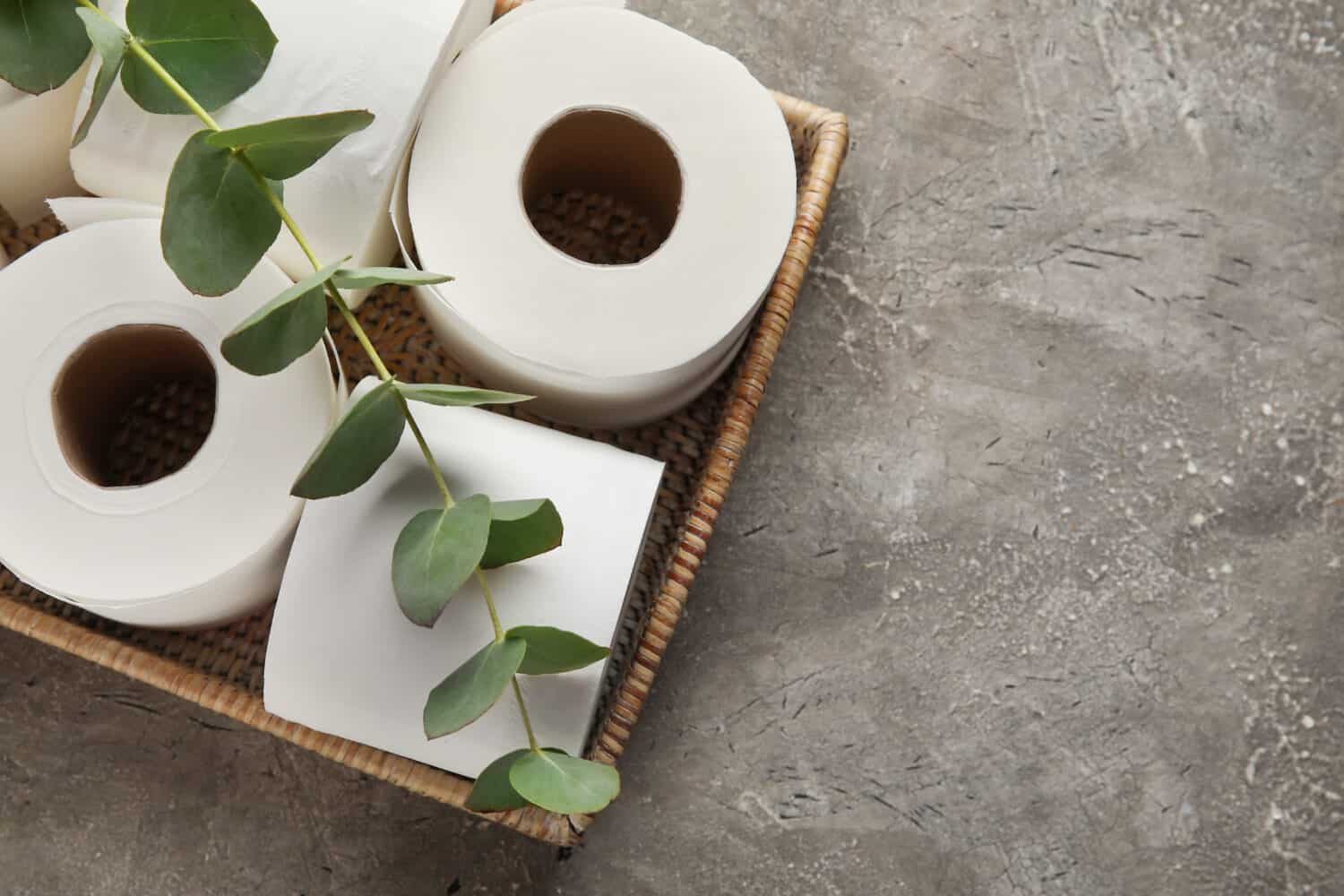
©Pixel-Shot/Shutterstock.com
Remember that when teaching a girl to go to the bathroom independently, she needs to know the correct way to wipe. Teach her to wipe from front to back and not to be afraid to use fresh paper when needed. This will help prevent painful infections.
Successfully Potty Training a Boy
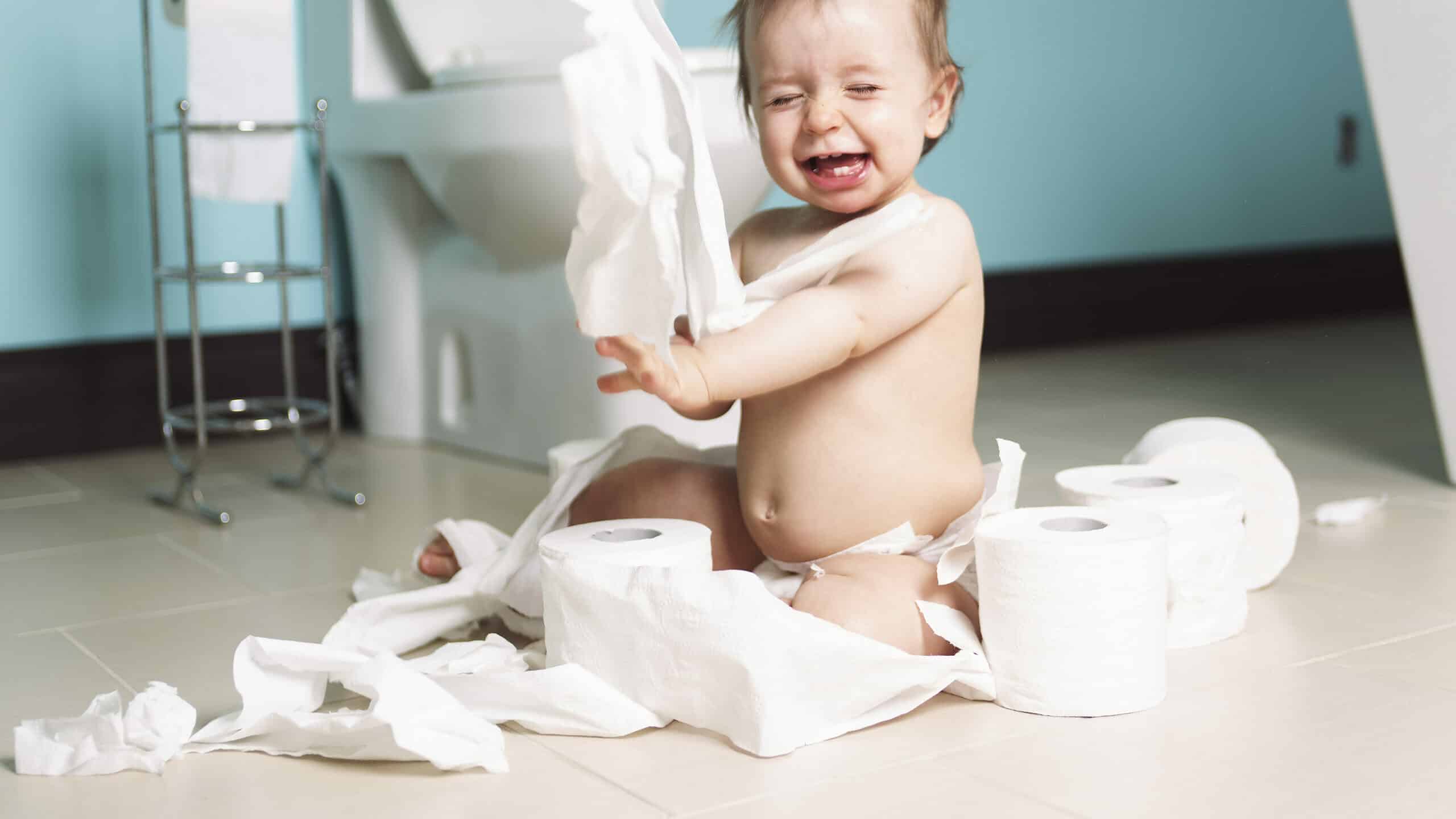
©Lopolo/Shutterstock.com
On average, toddler boys are a little slower to potty train than girls. Most are ready by the age of three, though some may be ready before or after that age. Typically, this is because a toddler boy would rather be active. Sitting still and learning something requiring little movement is not at the top of their to-do list.
However, when your toddler boy is ready for potty training, these tips can help set you up for success.
Let Him Mimic Dad or Older Brothers

©iStock.com/dusanpetkovic
Role models are an excellent way to learn something new. This concept is as effective with toddlers and babies as it is for adults. If there is another male in the house, let your toddler boy mimic him.
Dad or big brother can show him how to use the toilet as a boy; this step may motivate your toddler to “be like daddy or big brother.”
Teach Him to Pee While Sitting First, Then Standing

©katuSka/Shutterstock.com
Many parents have more success teaching their boys to sit down first when learning to pee. Doing so can help maintain the mess, plus it’s easier for your son to get all their pee into the bowl while sitting down.
Once he has mastered peeing while sitting down, teach him how to stand. Of course, not every toddler will be keen on sitting down first, especially if they see their male role model standing.
Ditch the Urine Guard

©New Africa/Shutterstock.com
While the urine guard is put on potty chairs to maintain the mess, they can be a nuisance. If you have a toddler boy using a potty chair, try ditching the urine guard or buying one without one. This is because the urine guard may accidentally scratch his penis. If this happens, your son may be more resistant to going potty.
Be sure to teach your son how to lean forward while going pee or poo. It can help if they have their feet positioned on the ground. This is why many parents buy a potty chair instead of an adapter.
Give Him a Target

©iStock.com/RonOrmanJr
If teaching your son how to pee on the potty while standing up, giving him a target can be very motivational. Since boys love adventure, having something they need to hit with their pee can be fun and motivating.
Many parents use Cheerios for their son’s target.
In Conclusion
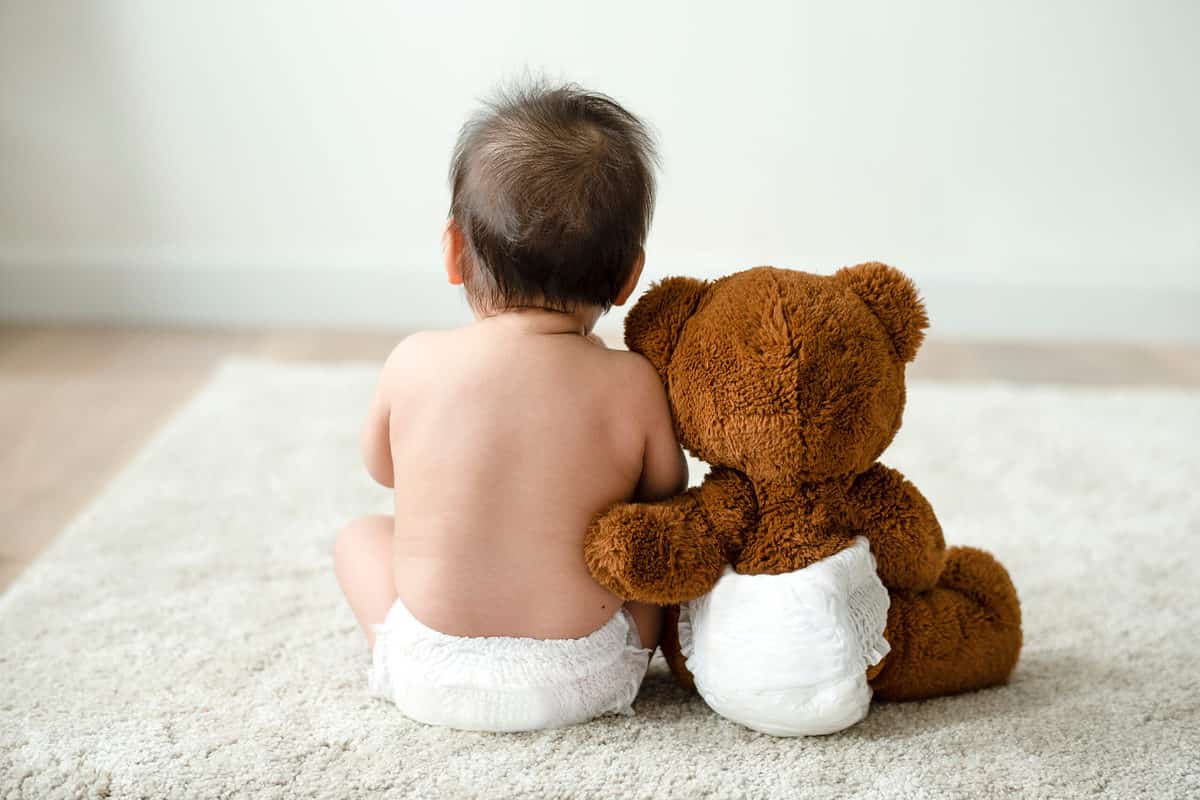
©Rawpixel.com/Shutterstock.com
Teaching your toddler how to use the potty can be exciting and daunting, but it doesn’t have to be scary! With these tips, you will know what signs to look out for so your toddler is ready for potty training. Additionally, keeping up the excitement and motivating your little one can help ensure potty training success. That is why it is important to keep an eye out for these eight signs your child is ready to potty train.
The image featured at the top of this post is ©New Africa/Shutterstock.com.
